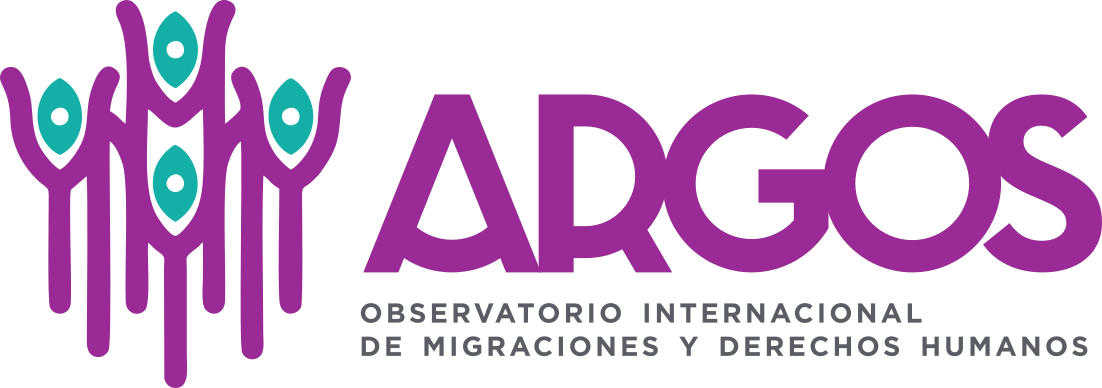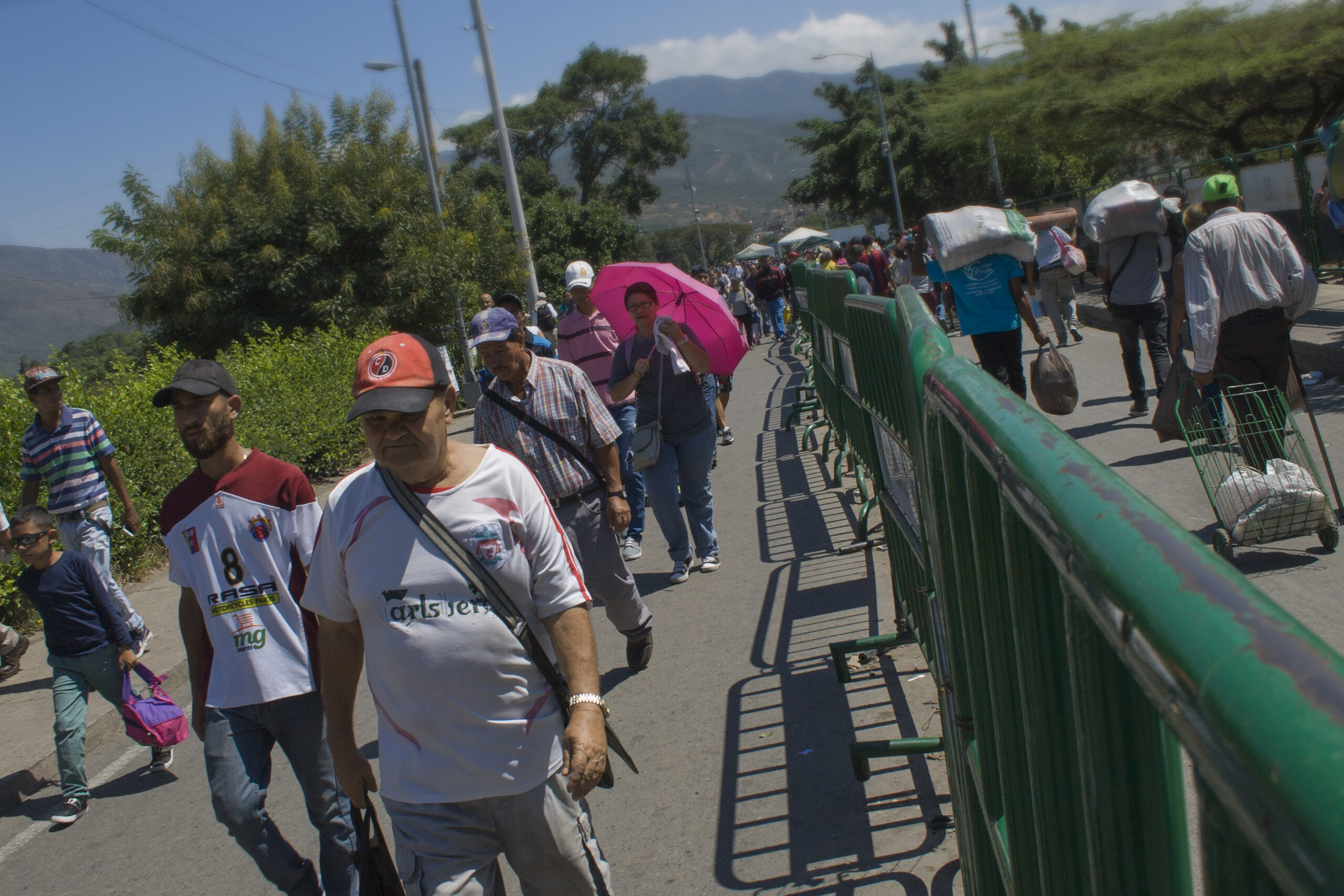Millions of people in different regions of Colombia have been victims of forced displacement for more than 50 years in a context of confrontation between various armed groups and organized drug trafficking gangs for the control of strategic territories, disputes over land tenure, elimination of small property and destructuring of the agrarian economy, development of macroeconomic projects and the loss by the Colombian State of its monopoly on the legitimate use of violence. Thus, large contingents of human groups, predominantly farmers, have been forced to move involuntarily and unplanned from rural areas to urban centers and metropolitan areas of Colombia, resulting in a socio-demographic reordering of the Colombian territory and the formation of a city model of high socio-spatial segregation in which strong socioeconomic contrasts coexist (Villa, 2006; DANE, 2000).
According to data from the Office of the United Nations High Commissioner for Refugees (UNHCR), by the end of 2019 there were 79.5 million displaced persons in the world as a result of persecution, conflict, violence, human rights violations or events that seriously disrupted public order (UNHCR, 2020), and a total of 45.7 million internally displaced persons. Colombia is, followed by the Syrian Arab Republic, the first country with the largest number of internally displaced persons, with nearly 8 million1, and with a number of migrants living abroad was estimated to be at least 4.5 million people by the end of 2015.
According to the Guiding Principles on Forced Internal Displacement, the first United Nations document dedicated to the issue of internally displaced persons, displaced persons are defined as:
… [Those] who have been forced or obliged to flee or to leave their homes or places of habitual residence, in particular as a result of or in order to avoid the effects of armed conflict, situations of generalized violence, violations of human rights or natural or human-made disasters, and who have not crossed an internationally recognized state border (UNHCR, 1998).
The Colombian State first recognized the problem of forced internal displacement during the administration of former President Ernesto Samper (1994-1998), through the enactment of Law 387 1997: “Law for the Attention of the Displaced Population”. Two years before the publication of this instrument, in 1995, the existence of a significant and silent exodus began to be known in the country, which by then exceeded half a million people, most of them farmers who, due to different types of harassment, mostly associated with the armed conflict, had had to leave their homes (Villa, 2006). In July 1997 the Colombian Congress approved Law 387 1997, which defines, in its Article 1, that:
A displaced person is any person who has been forced to migrate within the national territory, abandoning his or her place of residence or habitual economic activities, because his or her life, physical integrity, personal security or freedom have been violated or are directly threatened, on the occasion of any of the following situations: Internal armed conflict, internal disturbances and tensions, generalized violence, massive violations of Human Rights, breaches of International Humanitarian Law or other circumstances emanating from the above situations that may drastically alter or alter public order. (UNHCR, 1997)
The document establishes that all Colombian nationals who are victims of forced displacement have the right to request and receive international assistance, to enjoy internationally recognized fundamental civil rights, to benefit from the fundamental right to family reunification, to return to their place of origin and to have their freedom of movement subject to no restrictions other than those provided for by law. It also established the creation of the National System of Integral Attention to the displaced population victims of armed violence, with the objective of developing and implementing public and private programs, projects and plans aimed at the integral attention of these vulnerable groups; to their reincorporation into Colombian society and to mitigate the effects of the processes and dynamics that cause displacement.
The roots of this situation can be found in the late 1940s, when the internal wars and the bipartisan liberal-conservative violence unleashed after the assassination of Jorge Eliécer Gaitán (1948) started a massive exodus of peasant population to the capital and other cities of the country, a situation that lasted until the 1960s, with the emergence of the Revolutionary Armed Forces of Colombia (FARC) and the National Liberation Army (ELN), and which worsens from the 1980s “with drug trafficking, the counterinsurgency war deployed by the military forces and the impulse of self-defense organizations, which degenerated into paramilitary groups and private justice apparatuses” (González, 2018). Research indicates that the cases of forced displacement registered during the 1990s produced one of the largest humanitarian crises in the history of Colombia: “41% of those affected point to guerrillas as responsible for their displacement, 21% to paramilitaries, most of them congregated in the United Self-Defense Forces of Colombia, and 0.8% to State agents” (González, 2018). It is estimated that 87% of the total displaced population comes from rural areas (CNMH, 2015).
From this complex picture has derived the need for millions of Colombian people to mobilize within the territory to safeguard their lives and achieve better economic and social conditions. According to the National Administrative Department of Statistics (DANE), Colombia is organized into six regions2 and, in turn, is divided into 32 departments and 132 provinces (characterized by shared geographical and cultural characteristics). Within this mapping, we have, for example, the Eje Cafetero, located in the center-west of the country and made up of the departments of Quindío, Risaralda and Caldas, has been a territory especially affected by the armed conflict. It is a strategic zone for illegal armed actors and for the establishment of large estates and megaprojects, due to its abundance of natural resources and its privileged location between Bogotá, Cali and Medellín, and violence such as displacement and dispossession have been a constant in these dynamics (Truth Commission, 2020).
Researchers agree that forced displacement in Colombia, more than a consequence of the land tenure problem and the armed conflict, constitutes a war strategy applied by various armed actors to maintain control over territories with strategic resources. The strategies applied for the expulsion of the population and control over the territory include massacres, persecutions, selective assassinations, armed takeovers of towns, recruitment of young people and prohibition of movement and practice of several activities (Villa, 2006).
As a result of these forms of violence, non-voluntary mobilization to urban centers has become the main type of human displacement in Colombia (urban-rural), although in recent years it has been recognized that there has been a transfer of the armed conflict to the main urban centers of the country (Bogotá, Medellín, Barranquilla and Cali), giving rise to a new typology of human mobility of an intra-urban nature. (Villa, 2006). Confinement has also been one of the strategies implemented by the irregular groups in the dispute for territories, subjecting the native population to measures prohibiting exit and movement, exercising control over external institutions entering the regions and surveillance over food supply, and through the planting of anti-personnel mines surrounding the localities (Villa, 2006, p. 20).
This complex landscape, in which a wide range of human rights of the Colombian population are violated by various actors, poses challenges to civil society, state institutions and international organizations, in view of the need to draw lines of action in terms of public policies aimed at the comprehensive care of these vulnerable groups, which, moreover, are characterized by a wide heterogeneity. Likewise, the implementation of measures adjusted to the current and real circumstances of these human contingents necessarily requires an in-depth analysis of the historical, economic and social causes that have originated and maintained the presence of these internal migratory flows over time, despite the various programs, plans, frameworks and legal instruments adopted by the country’s administrations in recent decades.
References:
1 According to UNHCR, the exact figure is 7,976,412. According to the Unidad de para la Atención y la Reparación Integral a las Víctimas, the figure is 8,101,759 internally displaced persons.
2 Caribbean region; Coffee Axis and Antioquia region; Pacific region; Central region; Plains/Orinoquia region; Amazon region.

